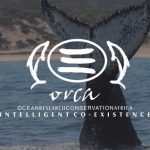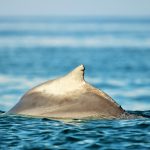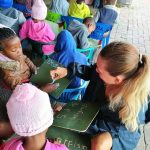May research blog:
The elasmobranch egg case project continues to progress smoothly. Despite having dropped our surveys to only once a month, we still haven’t been able to totally process through our backlog, though we are steadily moving through it.
There will be a big celebration once we have conquered the mountain of egg cases! What will now become interesting, is whether the number of egg cases collected per site will increase with our decreased surveys. To what degree will the egg cases accumulate along the beaches? There are always more questions!
We had a fascinating catch at our last ringing session at the boardwalk, a juvenile male Cape weaver missing the lower mandible! Such injuries can occur in the nest when the bill is soft. Though he may have adapted to the injury as far as being able to feed, preening would be hampered, and he will never build a nest or breed. Prior to that, ringing at Brackenburn Private Nature Reserve we had a record high of 7 recaptures of 24 bird caught! 5 of these were Cape white-eyes caught during the course of 2016 at Brackenburn.
We were fortunate enough to attend this year’s fynbos workshop hosted by Nature’s Valley Trust. Fynbos is an extremely vast floral kingdom, one of only six in fact, and is endemic to the Cape region. It was an incredible time to learn about this floral kingdom, and appreciate its complexities and nuances. A big thank you to NVT for making this available to us!
A company called Sungu-Sungu has been given a permit by the Petroleum Agency of South Africa to do seismic surveys for gas and oil off our coastline. The area of interest is 2500km2 in size, and ranges between Plettenberg Bay and St Francis. 3D seismic surveys are conducted to acquire data on the subsea environment by using sound waves, and are used to understand the nature and extent of any oil and gas reserves in the area. The oil and gas industry uses this information to determine the economic viability of further exploration and development activities. A seismic survey can be detrimental to the marine life off our shores and it is up to us to oppose this activity. An environmental impact assessment has been done and is open for public comment. This is our opportunity to oppose the proposed seismic survey, as well as put into place strong mitigation methods should it be approved. More information can be found here: http://www.srk.co.za/en/za-sungu-sungu-pletmos-seismic-eia, or contact ORCA.
Endangered Species Day is celebrated every third Friday in May, and this year it fell on 19th May. Endangered Species Day is a chance for us to recognize and appreciate the conservation efforts being put in by a number of organisations, men, and women around the world working to protect our endangered species and their habitats. Endangered Species Day gives us a chance to reflect on our lifestyles, and highlight ways in which we can alter our behaviour in small ways on a daily basis in order to help protect these creatures. Minke gave a talk at Greenwood Bay College looking at the who, what, why, and when’s of endangered species, as well as focussing on some local endangered species.
Whale season is about to begin! Our first Southern right whales have been sighted in Plettenberg Bay. Keep your eyes open as this species does tend to come in close to shore!
Written by Minke Witteveen, ORCA Foundation Researcher
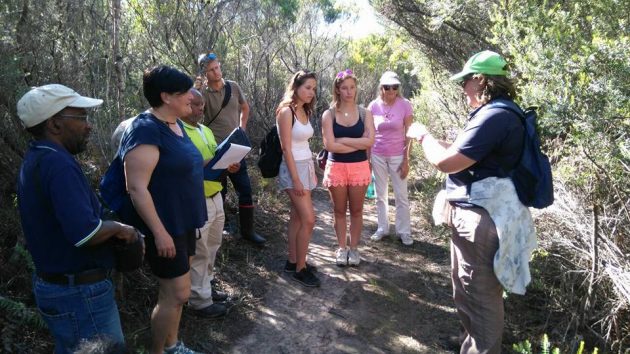
Learning in a beautiful environment, together with all the participants in the fynbos workshop.
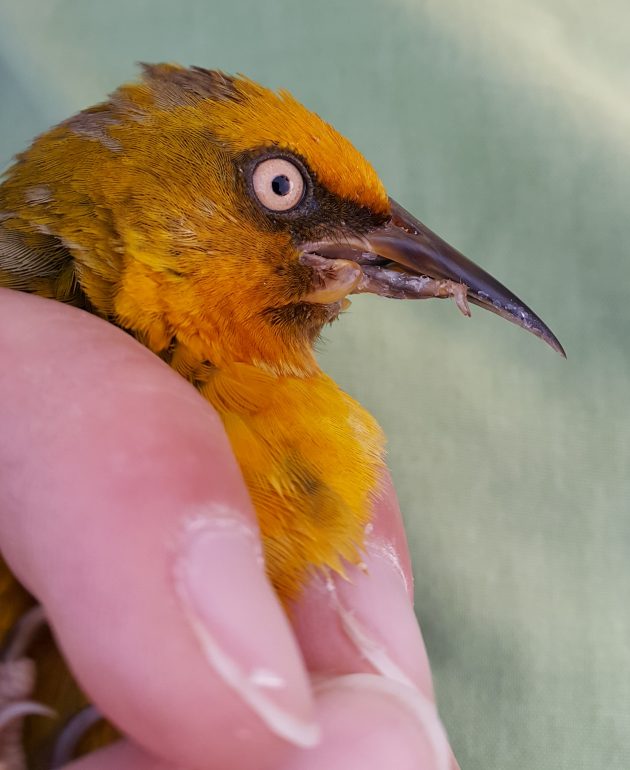
Juvenile male Cape weaver missing his lower mandible.
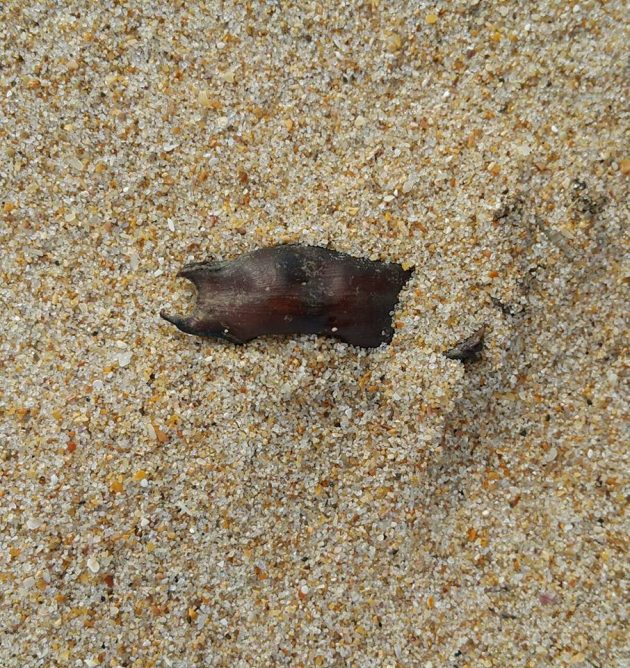
Puffadder shyshark egg case partially covered by sand.
